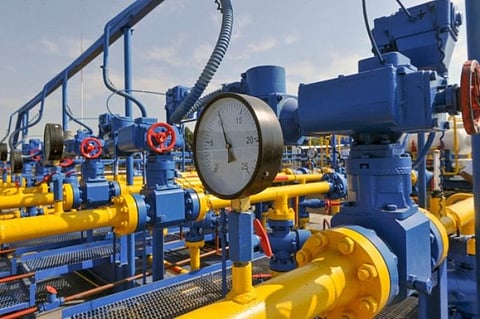
- Home
- Live Blog
- Breaking News
- Top Headlines
- Cities
- NE News
- Sentinel Media
- Sports
- Education
- Jobs

Islamabad: Russian energy major Gazprom is set to initiate a feasibility study in the first quarter of 2020 for laying an undersea pipeline, beginning from the Persian Gulf and extending to Pakistan, India, and Bangladesh, and ultimately ending in China, after touching Myanmar and Thailand.
The pipeline will pass through the shallow waters of Pakistan, India, and Bangladesh, and each of the countries will get gas from the pipeline, The News quoted a senior Petroleum Ministry official as saying.
The total cost of the undersea pipeline will be around $20-25 billion when it is extended to China.
The most important aspect of the project is that every country will provide a transit fee to Pakistan, which will run into billions of dollars. Pakistan will be getting transit fees from India, Bangladesh, Myanmar, Thailand, and China.
Pakistan’s Navy will provide security for the pipeline.
Pakistan and India have already signed MoUs and agreements with Russia separately for the project under which both countries would get gas from the undersea pipeline through the spur pipelines.
According to the official, Pakistan will get up to 1 billion cubic feet per day gas from the undersea pipeline.
More importantly, a Russia-Pakistan economic corridor will also be set up and Russia will invest in fiber optic links, roads, and power projects as ancillary facilities.
Russia is already engaged with Pakistan on the North-South Gas Pipeline, which will cost $2-2.5 billion. However, Gazprom has also shown interest in building gas storages in Pakistan with an investment of $400-500 million, the report said.
Russia is also interested in investing in exploration and production activities in Pakistan, and to this effect, Gazprom is currently engaged with the top management of Oil and Gas Development Company Limited (OGDCL), a Pakistani multinational oil and gas company.
The official said Pakistan and India will share data with the Russian company about the demand for gas with future projections of the next decade.
Based on data from the two countries, Gazprom will start the feasibility in the first three months of 2020, and the whole process from sharing the data to completion of the feasibility report will be finished in one year’s time. If the project is found feasible, the pipeline will be laid undersea in 3-4 years. (IANS)
Also Read: Inflation data, Q2 results may keep equities